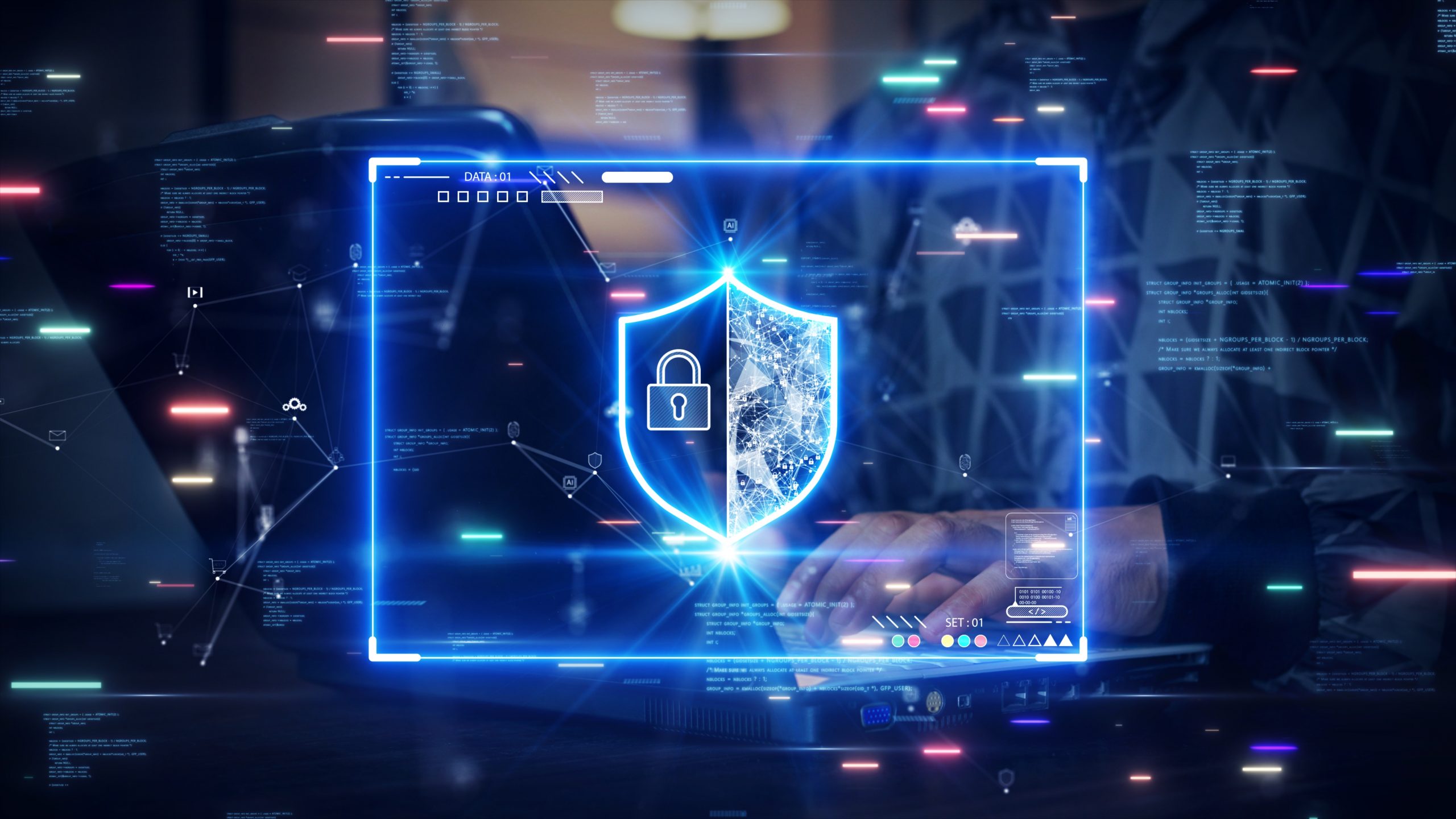What keeps CISOs up at night isn’t if a breach will happen — it’s what comes next. Welcome to the new age of cybersecurity. The old playbook of total prevention has given way to a more pragmatic mindset: Breaches will happen, so how do we deal with the fallout?
CISOs are now spending less energy trying to keep every threat at bay. They know attackers will get in — but the question is, what’s next? The new mindset is about stopping intruders from moving around and escalating the damage.
This shift means investing in sharper visibility, smarter automation and tighter internal controls. It also necessitates relinquishing the belief that the front door serves as the sole line of defense. Now, it’s about shutting internal doors before attackers can roam and wreak havoc.
Picture your infrastructure as a ship. It’s not just about keeping water out. You need to ensure that if it gets in, it floods only one compartment and not the whole vessel. That’s the essence of containment: limiting the blast radius inside the network.
To make this work, companies are isolating workloads and segmenting networks with greater precision. Access is granted strictly on a need-to-know basis within sealed environments. If one segment is compromised, attackers hit a barrier — ideally triggering a response before going further.
This model reduces both damage and recovery time. You don’t want to be in the headlines just because you didn’t contain the breach. Today, containing the blast radius often determines the difference between a public crisis and a peaceful resolution.
Zero trust engineered for containment
Zero trust has evolved from jargon into a foundational strategy among the majority of businesses. It’s not just about verifying credentials at the perimeter but rather about validating trust at every layer. Instead of asking, “Who are you?” it asks, “Should you access that information right now, under these conditions?”
Modern zero trust is built on segmentation, context-aware access and profound visibility. Users only get access to what they need; everything else is invisible. A developer doesn’t need finance systems. A customer service rep shouldn’t see backend infrastructure. This isolation limits both malicious intent and human error. When users only access what they need, the attack surface shrinks — and so does the room for mistakes.
Zero trust also reinforces containment-first thinking. With granular access controls, contextual awareness and continuous validation across hybrid environments, it creates boundaries within boundaries. Even if one layer is breached, movement is restricted and impact is minimized.
What fintech platforms can learn from enterprise cybersecurity
Fintech platforms, especially those managing digital estates and legacy wealth, are in a uniquely high-stakes position. They handle sensitive personal data for users who may not be tech-savvy. Security must be strong but not overwhelming.
Here, enterprise cybersecurity offers a proven roadmap: encrypt data in transit and at rest. Use role-based access. Detect strange behavior early and automate the response.
But trust is also emotional. People want to feel like their data is safe, especially when dealing with estate plans or retirement. That trust begins with smart, behind-the-scenes security and continues with a clean, intuitive user experience.
CISOs in fintech and estate management must balance strong security with a seamless user experience. One of the hardest challenges in this space is balancing airtight security with a smooth, intuitive interface. Users don’t care how advanced your tech is if it feels clunky. Conversely, a sleek user interface means little if it can’t protect sensitive data.
Modern CISOs embed security deep in the infrastructure, quietly operating in the background. Adaptive authentication, step-up verification and session monitoring provide layered protection without slowing anything down.
User education is also key. People engage more confidently when they understand how their data is protected. Transparent communication, in-app guidance and clear privacy practices foster both trust and loyalty.
In fact, over 70% of successful breaches in 2024 involved lateral movement techniques. This data is a clear reminder that the real danger often begins after the initial intrusion (and lack of education). For modern CISOs, that’s the real battleground. With robust segmentation, real-time monitoring and a mindset grounded in resilience, organizations can turn potential disasters into manageable events.
So, whether you’re securing an enterprise network or protecting someone’s legacy in fintech, the goal remains the same: contain the damage, bounce back fast and never compromise the user experience.
Breaches happen. But disasters? Not on your watch. That’s the new cybersecurity equation.
This article is published as part of the Foundry Expert Contributor Network.
Want to join?

No Responses